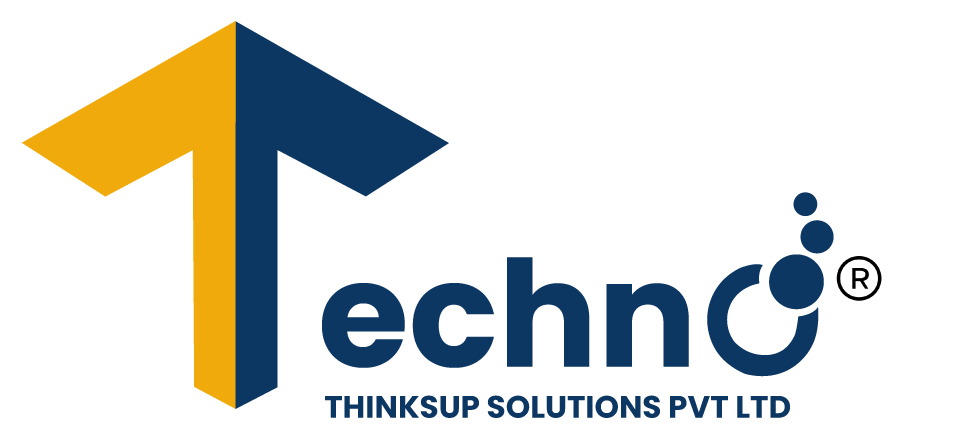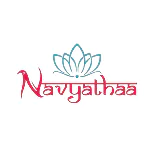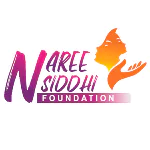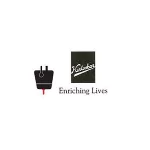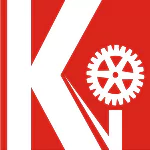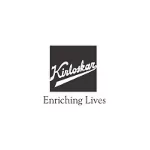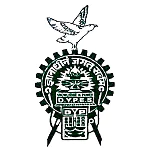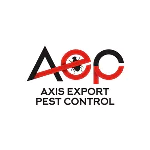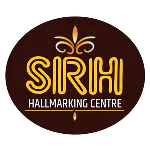
Unlock Success with Agile Methodology
Agile methodology is a dynamic approach to software development and project management, emphasizing flexibility, collaboration, and customer satisfaction. By breaking projects into small, manageable increments, Agile enables teams to deliver high-quality products faster and more efficiently. This iterative process allows for continuous feedback, rapid adjustments, and ongoing improvements, ensuring that the final product meets evolving client needs. Popular frameworks like Scrum and Kanban are integral to Agile, fostering a culture of transparency and accountability. Embrace Agile to revolutionize your workflow and achieve unparalleled success in today’s fast-paced market.
The Process
Define the project goals, scope, and requirements with key stakeholders. Create a product backlog and prioritize tasks based on business value and customer needs. Establish a roadmap and set clear objectives to guide the development process.
Develop initial designs and low-fidelity prototypes to visualize the product. Engage in iterative feedback loops with stakeholders to refine and validate these designs. Ensure the prototypes align with the project's goals and user requirements before moving to full-scale development.
Implement features in small, manageable increments through sprints or iterations. Each cycle focuses on delivering functional parts of the project, allowing for early testing and feedback. This iterative approach ensures continuous progress and adaptation to changing requirements.
Conduct rigorous testing, including unit tests, integration tests, and user acceptance tests, to identify and fix bugs. Ensure that the product meets defined quality standards and client expectations. Regular testing cycles help maintain a high level of reliability and performance.
Deploy the product to a live environment, ensuring it's ready for real-world use. Release incremental updates regularly to continuously improve functionality and address user feedback. This approach allows for rapid delivery of value to customers and quick adjustments as needed.
Analyze the project outcomes and team performance through review meetings and retrospectives. Discuss what went well, identify areas for improvement, and develop action plans for future projects. This continuous improvement process fosters a culture of learning and growth within the team.
Best Practices We Implement

Thorough Requirement Gathering
We engage with stakeholders to gather detailed requirements, ensuring a clear understanding of project goals. Prioritizing tasks in the product backlog helps us align our efforts with business value and customer needs.

Iterative Design Process
Our team creates initial designs and low-fidelity prototypes, refining them through regular feedback loops. This approach allows us to validate ideas early, ensuring they meet user requirements before full-scale development.

Incremental Feature Implementation
We implement features in small, manageable increments through sprints. Each iteration focuses on delivering functional parts of the project, enabling early testing and continuous progress.

Comprehensive Testing
Our rigorous testing process includes unit tests, integration tests, and user acceptance tests. We ensure that every aspect of the product meets our high standards for quality and performance before moving to the next phase.

Regular Incremental Releases
We deploy the product in a live environment, releasing updates regularly. This practice allows us to deliver value quickly, address user feedback promptly, and make necessary adjustments in real-time.

Continuous Improvement
Through regular review meetings and retrospectives, we analyze project outcomes and team performance. This reflective practice helps us identify successes and areas for improvement, fostering a culture of continuous learning and growth.
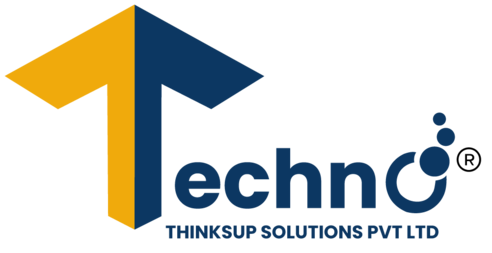


 DevOps Services
DevOps Services
 QA And Software Testing
QA And Software Testing
 Local Search Optimization
Local Search Optimization
 Technology Outsourcing
Technology Outsourcing
 Metaverse Development
Metaverse Development
 Web 3 Consulting
Web 3 Consulting
 IoT App Development
IoT App Development
 VR App Development
VR App Development
 IT Staff Augmentation
IT Staff Augmentation
 Startup App Development
Startup App Development
 Saas App Development
Saas App Development
 Low Code Development
Low Code Development
 Product Engineering
Services
Product Engineering
Services
 Custom CRM Development
Custom CRM Development
 Offshore Development
Center (ODC)
Offshore Development
Center (ODC)
 Machine Learning
Development
Machine Learning
Development
 Blockchain App Development
Blockchain App Development
 Blockchain In Identity Management
Blockchain In Identity Management
 Artificial Intelligence
Development
Artificial Intelligence
Development
 Dedicated Development Team
Dedicated Development Team
 Strategic Mobile
Consulting
Strategic Mobile
Consulting
 Tech Courier ERP
Tech Courier ERP
 Tech Lab ERP
Tech Lab ERP
 Tech Finance ERP
Tech Finance ERP
 Tech Library ERP
Tech Library ERP
 Tech Church ERP
Tech Church ERP
 Tech Dairy ERP
Tech Dairy ERP
 Tech POS ERP
Tech POS ERP
 Tech Restro ERP
Tech Restro ERP
 Tech School ERP
Tech School ERP
 Tech Drycleaner ERP
Tech Drycleaner ERP
 Tech Emerald ERP
Tech Emerald ERP
 Tech Weightman ERP
Tech Weightman ERP
 Tech Grocery ERP
Tech Grocery ERP
 Tech Institute ERP
Tech Institute ERP
 Tech Pharma ERP
Tech Pharma ERP
 Tech Milky Enterprise ERP
Tech Milky Enterprise ERP
 Tech Cold Storage ERP
Tech Cold Storage ERP
 Tech Accounting ERP
Tech Accounting ERP
